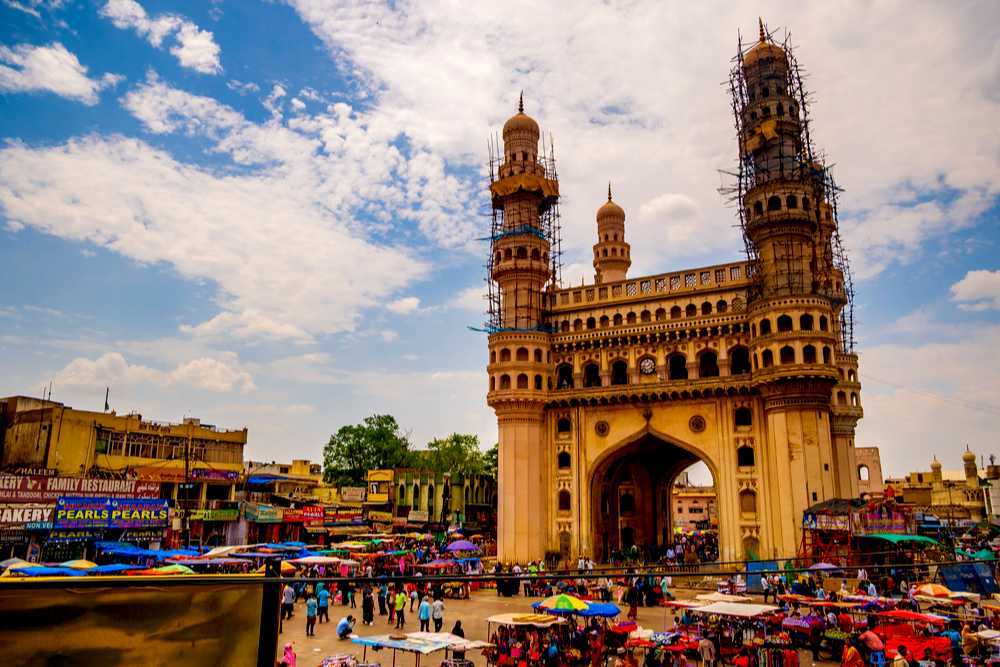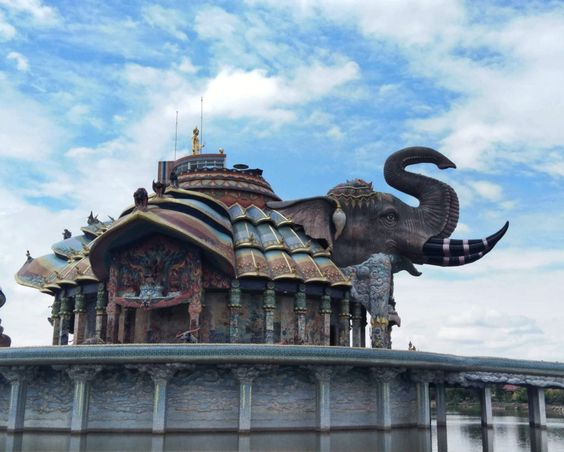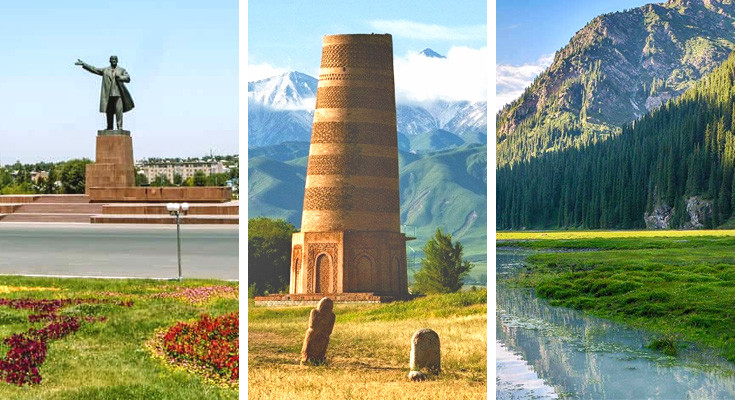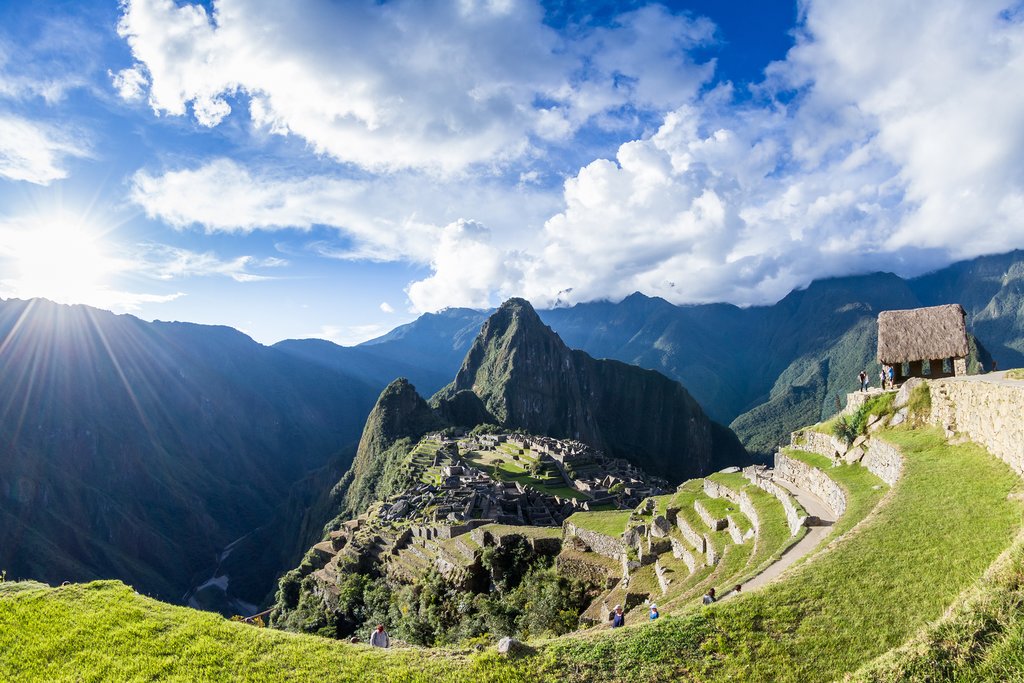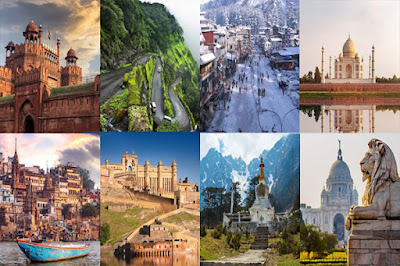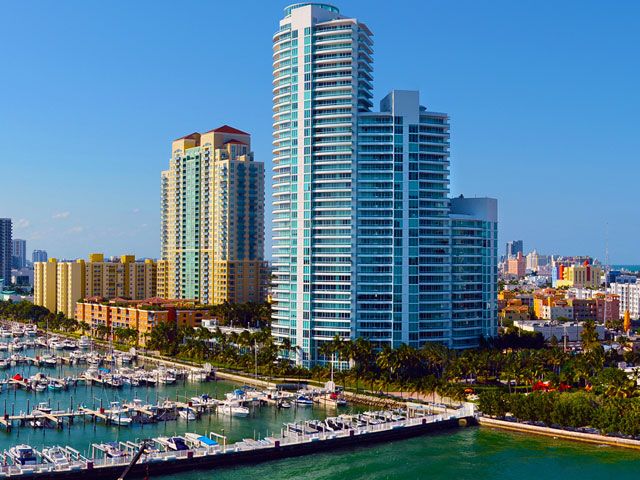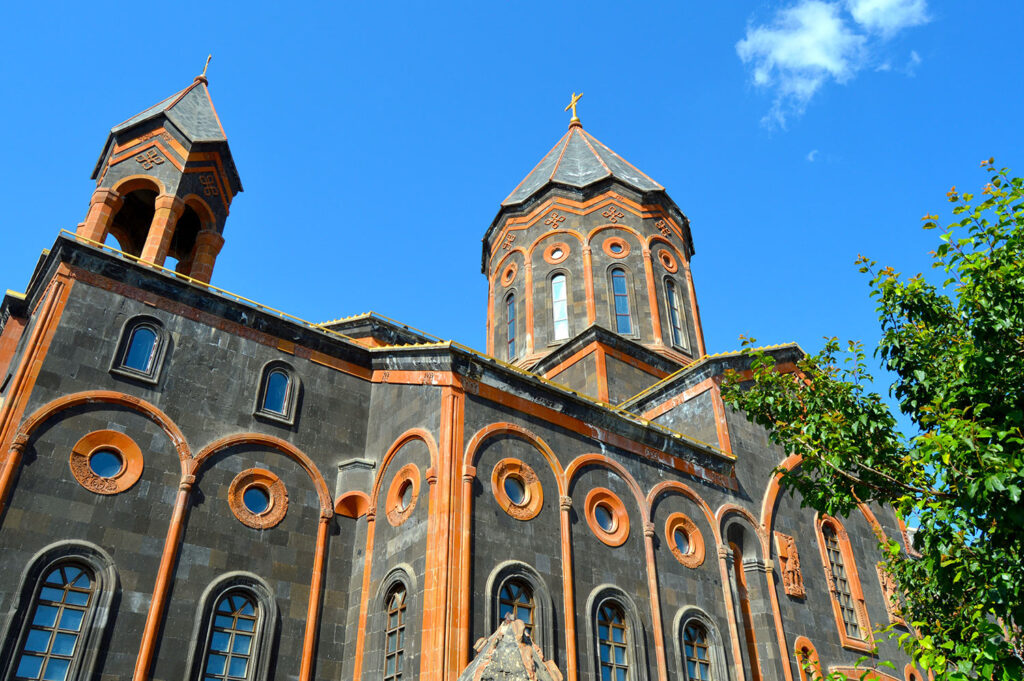4 Great Things That Make Italy a Famous Country
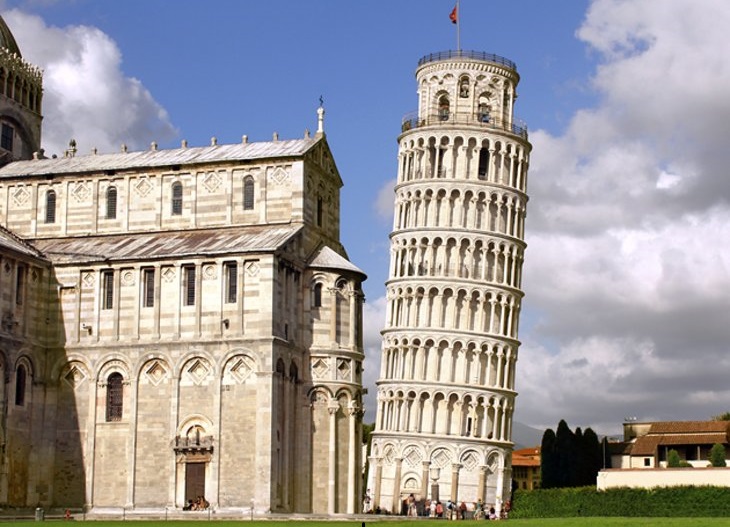
Italy, renowned for its rich history, cultural heritage, stunning landscapes, and delectable cuisine, stands as a beacon of art, history, and innovation. This vibrant Mediterranean country captivates the world with its unparalleled contributions across various domains.
Here are four facets that contribute to Italy’s fame:
1. Cultural Heritage and Historical Significance:
Ancient Rome and Archaeological Marvels:
Italy is steeped in ancient history, notably as the birthplace of the Roman Empire. Rome, its capital, showcases architectural marvels like the Colosseum, the Pantheon, and the Roman Forum, offering glimpses into the grandeur of antiquity. These landmarks stand as testament to the architectural, engineering, and cultural prowess of ancient Romans.
Renaissance Art and Architecture:
The Renaissance, a pivotal period in Italy’s history, birthed a cultural revolution that reshaped art, science, and philosophy. Florence, the heart of the Renaissance, is adorned with masterpieces by Michelangelo, Leonardo da Vinci, and Botticelli, among others. The Uffizi Gallery and the Accademia house iconic works like “David” and “The Birth of Venus,” illustrating the artistic brilliance of this era.
UNESCO World Heritage Sites:
Italy boasts the highest number of UNESCO World Heritage Sites globally, reflecting its diverse cultural and natural heritage. From the historic center of Rome to the archaeological areas of Pompeii and Herculaneum, from the stunning Amalfi Coast to the breathtaking Cinque Terre, each site preserves unique facets of Italy’s rich legacy.
2. Culinary Excellence and Gastronomic Delights:
Italian Cuisine and Regional Diversity:
Italian cuisine is revered worldwide for its simplicity, fresh ingredients, and regional diversity. Each region offers distinctive flavors and culinary traditions. Pasta varieties from Naples, the birthplace of pizza, Tuscan olive oils, Parmigiano-Reggiano cheese from Emilia-Romagna, and Sicilian cannoli exemplify Italy’s gastronomic richness.
Coffee Culture and Gelato:
Italy is synonymous with coffee culture, where savoring an espresso at a local café is a cherished ritual. Additionally, gelato, Italy’s version of ice cream, delights taste buds with its creamy textures and diverse flavors, inviting locals and tourists alike to indulge in this frozen treat.
Wine Production and Vineyard Landscapes:
Italian wines, renowned globally, stem from centuries-old vineyards that adorn picturesque landscapes. Regions like Tuscany, Piedmont, and Veneto produce world-class wines like Chianti, Barolo, and Prosecco, reflecting Italy’s expertise in viticulture and winemaking.
3. Architectural Marvels and Scenic Landscapes:
Iconic Architecture and Landmarks:
Italy’s architectural marvels extend beyond ancient ruins to encompass awe-inspiring landmarks. The Leaning Tower of Pisa, the Grand Canal in Venice, and the iconic Duomo in Milan stand as symbols of architectural ingenuity and historical significance.
Natural Beauty and Scenic Splendor:
The country’s diverse landscapes, from the majestic Alps in the north to the stunning coastlines of the Mediterranean, captivate with their natural beauty. The picturesque landscapes of Tuscany with its rolling hills, vineyards, and olive groves, or the serene beauty of the Italian Lakes District, offer postcard-worthy vistas.
Renaissance Gardens and Palaces:
Italy’s opulent palaces and meticulously landscaped gardens transport visitors to bygone eras of royalty and elegance. Palazzo Pitti in Florence and the gardens of Villa d’Este in Tivoli showcase exquisite architecture and breathtaking green spaces that echo the splendor of Italian nobility.
4. Influence on Fashion, Design, and Innovation:
Fashion Capitals and Design Heritage:
Italy is synonymous with high fashion, boasting cities like Milan and Florence as global fashion capitals. Renowned fashion houses such as Gucci, Prada, and Armani have Italian roots, contributing to Italy’s reputation as a trendsetter in the fashion industry. Additionally, Italian design excellence extends to furniture, automobiles, and industrial design.
Innovation and Technological Contributions:
Italy’s contributions to science, technology, and innovation are significant. From Leonardo da Vinci’s groundbreaking inventions to contemporary advancements in engineering, automotive design, and aerospace, Italy continues to foster innovation across various sectors.
Artisanal Craftsmanship and Tradition:
Italy preserves age-old artisanal traditions, including craftsmanship in leatherworking, glassblowing in Murano, and ceramics in regions like Deruta and Vietri sul Mare. These traditions, passed down through generations, embody a dedication to quality and craftsmanship that is globally admired.
Italy’s global prominence as a cultural powerhouse, a culinary haven, an architectural wonderland, and an innovative hub rests upon its profound historical legacy, diverse cultural heritage, breathtaking landscapes, and a commitment to excellence in various fields. Its enduring influence resonates across continents, making Italy an enduring icon of artistry, creativity, and sophistication.
Some frequently asked questions about what makes Italy stand out:
1. Cultural Heritage
Q: What makes Italy famous for its cultural heritage?
A: Italy boasts an unparalleled cultural heritage that includes iconic landmarks like the Colosseum in Rome, the Leaning Tower of Pisa, and the art treasures of Florence, housing masterpieces by Michelangelo, Leonardo da Vinci, and Botticelli.
Q: Are there lesser-known cultural gems in Italy worth exploring?
A: Absolutely! Italy is teeming with hidden cultural treasures such as Matera’s ancient cave dwellings, the mosaic-filled Ravenna, and the baroque beauty of Lecce in the south.
2. Cuisine
Q: Why is Italian food so popular worldwide?
A: Italian cuisine is beloved for its simplicity, fresh ingredients, and rich flavors. Dishes like pasta, pizza, gelato, and risotto are staples known for their diverse regional variations.
Q: What are some regional specialties in Italian cuisine?
A: Each region in Italy has its unique culinary traditions. For example, Sicily is famous for arancini (stuffed rice balls), Naples for pizza, and Bologna for its rich ragù sauce in dishes like tagliatelle al ragù (Bolognese pasta).
3. History and Architecture
Q: What historical periods have influenced Italy’s architecture?
A: Italy’s architecture is a blend of various styles from different eras. From ancient Roman ruins to medieval castles, Renaissance palaces, and baroque churches, Italy showcases a rich tapestry of architectural history.
Q: Are there specific cities renowned for their architectural marvels?
A: Yes, cities like Rome, Florence, Venice, and Milan are famous for their architectural wonders. Rome has iconic structures like the Pantheon and Roman Forum, while Florence is known for its stunning Renaissance architecture.
4. Natural Beauty
Q: What natural landscapes make Italy famous?
A: Italy’s diverse natural beauty encompasses stunning coastlines along the Amalfi Coast and Cinque Terre, the picturesque lakes of Como and Garda, and the breathtaking beauty of the Dolomites in the north.
Q: Are there lesser-known natural wonders in Italy?
A: Absolutely! Places like the colorful villages of the Ligurian hills, the rugged beauty of the Apennine Mountains, and the untouched landscapes of the Aeolian Islands offer unique and lesser-explored natural wonders.
These aspects truly make Italy a standout country, drawing millions of visitors each year to experience its rich culture, delicious cuisine, fascinating history, and breathtaking landscapes.










